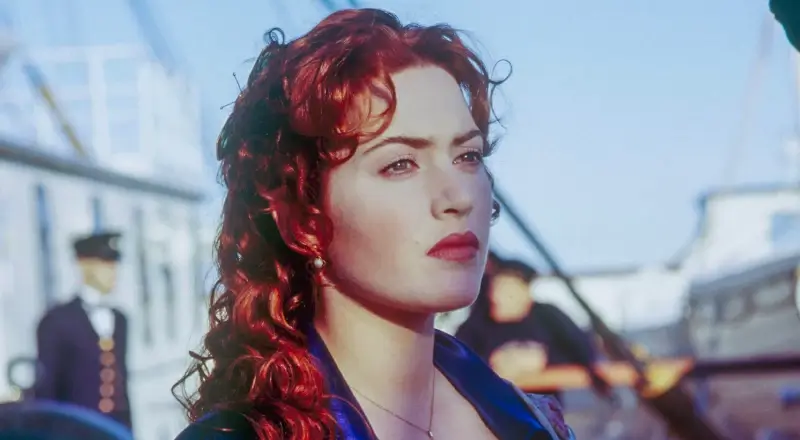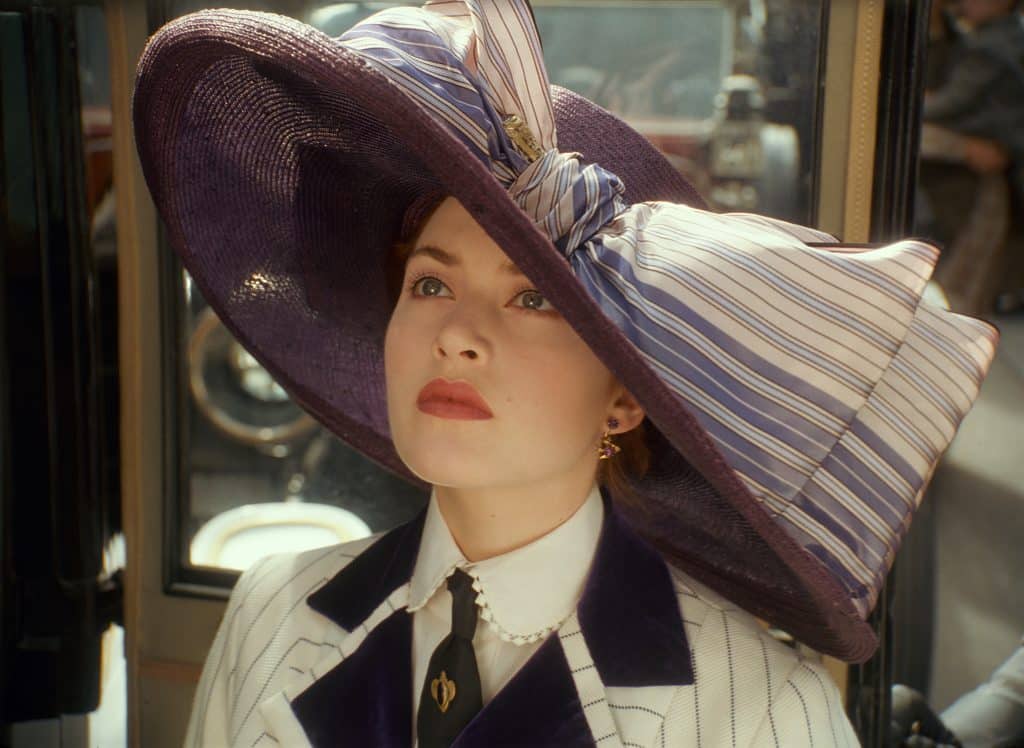The tragic tale of the Titanic has captivated audiences for over a century, with its stories of love, loss, and heroism. Among these stories is the romantic narrative of Rose DeWitt Bukater and Jack Dawson from James Cameron’s 1997 film, “Titanic.” But were Rose and Jack real people? Let’s explore the Titanic’s real-life inspiration and uncover the truth (Is Rose Dewitt Bukater Real).
Rose and Jack are fictional characters created by James Cameron for the film. They were designed to embody the human element of the Titanic disaster, capturing the emotional depth of young love amidst chaos. Their story, while fictional, resonates with viewers because it mirrors the genuine experiences and emotions of those who were aboard the ill-fated ship.
The RMS Titanic was a real ship that tragically sank on its maiden voyage from Southampton to New York City on April 15, 1912. It was touted as an unsinkable marvel of engineering, yet it met its end after striking an iceberg. Of the 2,224 passengers and crew members onboard, more than 1,500 lost their lives, making it one of the deadliest maritime disasters in history.

While Jack and Rose are fictional, the film did draw inspiration from real-life events and individuals aboard the Titanic. For instance, the character of Molly Brown, portrayed as a feisty socialite, is based on the real Margaret “Molly” Brown, who was known for her charitable work and efforts to help other survivors.
Additionally, some historians speculate that certain aspects of Jack’s character may have been inspired by real passengers. However, there is no concrete evidence of a Jack Dawson aboard the Titanic, though a J. Dawson was listed among the crew. This J. Dawson, however, was Joseph Dawson, a coal trimmer who perished in the disaster.
The film’s success can be attributed to its masterful storytelling, blending fact with fiction to create an emotionally engaging narrative. By weaving fictional characters into the tapestry of real historical events, James Cameron was able to give audiences a personal connection to the tragedy.
This approach not only honors the memories of those who lived through the disaster but also ensures that the story of the Titanic continues to be told and remembered by future generations.
In conclusion, while Rose and Jack were not real people, their story serves as a powerful vehicle to explore the human side of the Titanic disaster. By combining historical accuracy with fictional elements, “Titanic” remains a poignant reminder of the enduring impact of this maritime tragedy. As we continue to explore the depths of the Titanic’s real-life inspirations, we honor both the legacy of the ship and the countless lives affected by its sinking.
